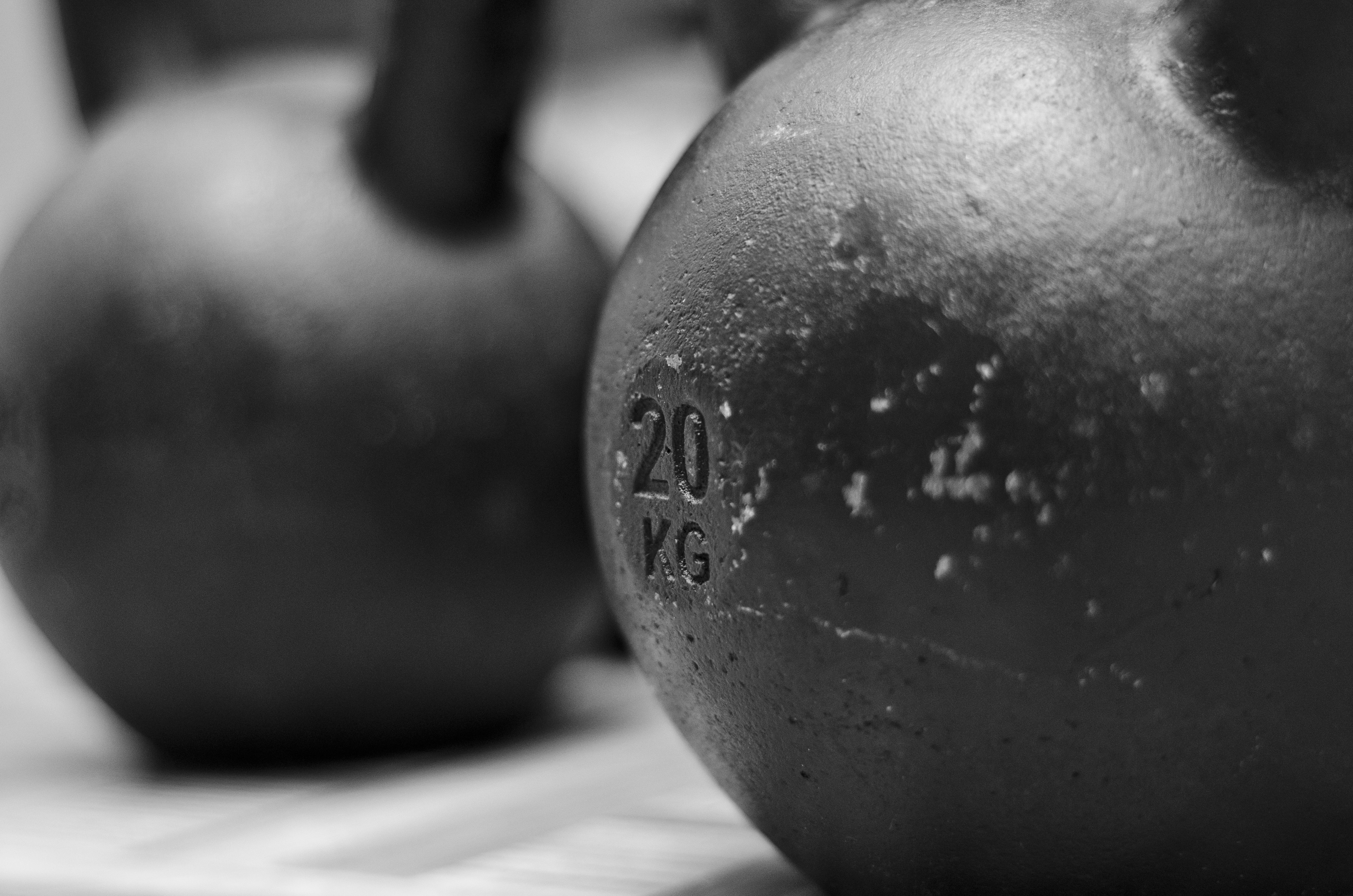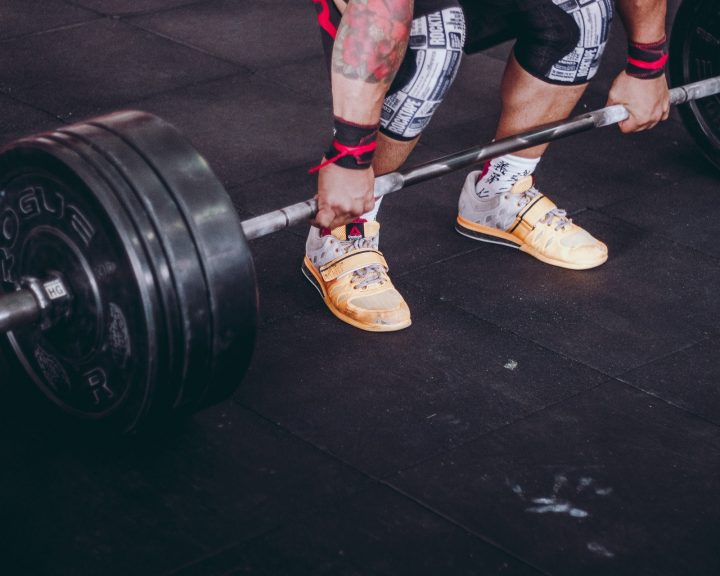Kettlebells, while a popular tool, suffer from a an interesting combination of a paucity of research on their effectiveness, techniques, safety, and programming along with an overwhelming amount of hype and marketing. I’ve written quite a bit about the lack of research supporting them and (due to the beginning nature of it) it’s lack of usefulness (for example, if you swing a heavy kettlebell for 12 minutes it will increase your heart rate). Lake and Lauder, in the current issue of the Journal of Strength and Conditioning Research, have put together a study looking at whether kettlebells are effective at increasing maximal strength and explosiveness. The article reads like they are doing this to take issue with a point/counter-point column written by Loren Chiu in March of 2012.
The authors studied 24 college-aged men and had them perform one of two six-week training programs, one focused on the kettlebell swing exercise and one focused on jump squats, all groups trained twice a week:
- The kettlebell group 12 sets of swings, each set lasting 30 seconds, with 30 seconds rest between each swing. The weights were either a 12kg kettlebell (men under 70kg in weight) or a 16kg kettlebell (men over 70kg in weight).
- The jump squat group had an interesting program, basically it was different for each subject according to the percentage of 1-RM squat that the jump squat maximized peak power (jump squats are typically performed at a percentage of squat 1-RM). For example, an athlete that maximized their peak power at 20% of 1-RM squat would perform 6x6x20%, but an athlete that maximized their peak power at 60% of 1-RM squat would perform 4x3x60% (this peak power output level was determined in pre-testing).
- Subjects did no other strength training during this study.
Subjects were pretested on vertical jump, peak power on jump squats, and back squat 1-RM, then after six weeks of training they were post-tested on these (without the peak power testing). After six weeks of training:
- The jump squat group increased their 1-RM squat by almost 8%, the kettlebell group by almost 12%.
- The jump squat group increased their vertical jump height by 24%, the kettlebell group by 15%.
There are no statistically significant differences between the strength increase and the vertical jump increases seen by the jump squat group and the kettlebell group, although clearly we’d all rather increase our jump height by 24% rather than 15%. In this study, the authors are not saying that the kettlebell is superior to other forms of training, which I appreciate. They are, however, saying that in the population studied they are effective at increasing maximal strength and jump height. They also suggest that kettlebells might be more effective at training horizontal jumping movements (like the long jump) due to the similarity in the movement patterns.
A study like this has some limitations. First, the training volume is greater for the kettlebell group (probably) which results in a greater training stimulus in terms of maximal strength increases. Second, the subjects in this study are squatting between 156% of bodyweight and 185% of bodyweight, so they are not highly trained strength trainers and do not possess a great deal of lower body strength. This suggests they are in the beginner stage of training, so it could be argued that any training stimulus will increase strength and power. It would be enormously interesting to take trained individuals with high levels of strength and investigate these two training protocols. Third, the vastly different training protocols among the jump squat group members is interesting and makes it very difficult to compare the effectiveness of this type of training to the kettlebell training.
I like kettlebells, they are fun. I like to use them for mobility training, balance, skill development, to recover from workouts, and as circuit training with other training modes (i.e. metabolic conditioning). I’m always concerned by the hype and the almost religious fanaticism that some people have to any single training tool – there’s no best tool, there’s best for you and your current situation. I really appreciate the fact that these are being taken more seriously by the research community.
Lake, J.P. and Lauder, M.A. (2012). Kettlebell swing training improves maximal and explosive strength. Journal of Strength and Conditioning Research, 26(8): 2228-2233.



